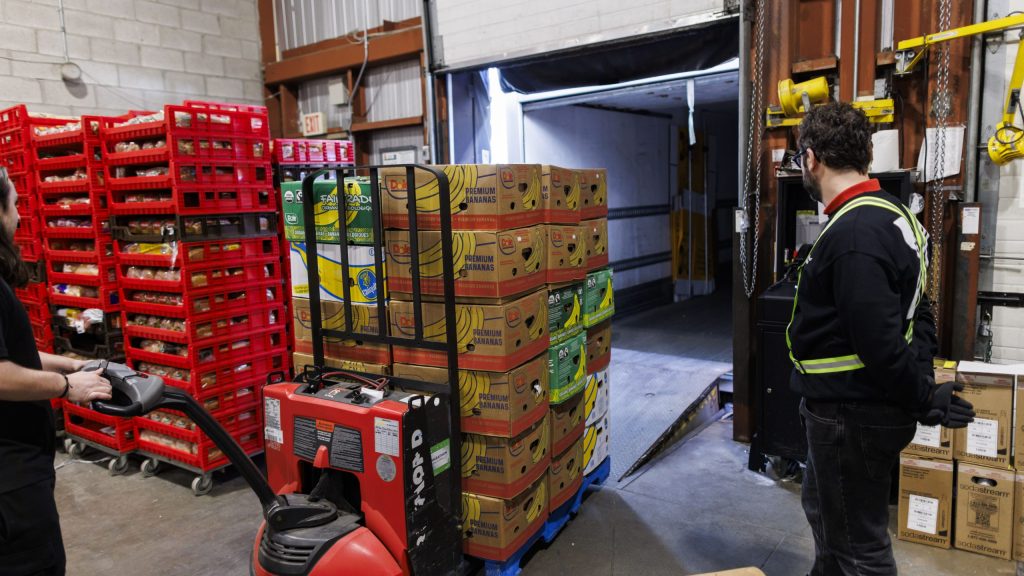‘Alarming’ rates of poverty, food insecurity in Nova Scotia

Nova Scotia’s rate of poverty and food insecurity in 2022 was the highest of any other province, data from Statistics Canada shows.
According to the Canadian Income Survey for 2022 published on April 26, the province’s poverty rate increased to 13.1 per cent in 2022 from 8.6 per cent in 2021—a 52 per cent jump in a year.
The data shows this surpassed pre-pandemic poverty levels in N.S.
Advertisement
“This data confirms what we have been seeing for the past two years,” Sheri Lecker, Executive Director of Adsum, said in a press release. “Alarmingly, increasing numbers of individuals and families have been turning to us for support with not only housing but also food and other essentials.”
Single parents had the sharpest increase in poverty rates, up 64 per cent between 2021 and 2022.
Child poverty rates were also the highest in the country, the data shows, with the rate 14.1 per cent in 2022. The national average was 9.9 per cent.
This means 83,000 people between ages 18-64, 24,000 children and 23,000 seniors were living in poverty in 2022 across N.S.
Food insecurity for Nova Scotians was the highest in the country, with 7.3 per cent of people missing meals, reducing intake or going day(s) without food.
Advertisement
About 15.1 per cent said they compromised on quality or quantity of food while 6.1 per cent worry about running out of food.
Single-parent families have the highest rate of food insecurity with 57.1 per cent.
Child food insecurity increased from 31.4 per cent in 2021 to 40.5 per cent — a 29 per cent increase in a year.
“Seeing a 52 per cent increase should be the wake-up call needed for the Nova Scotia government to understand just how many people are falling through the gaps in our social safety net,” Christine Saulnier, Director of the Canadian Centre for Policy Alternatives-N.S., said.
With files from The Canadian Press and CityNews Halifax’s Mark Hodgins.
